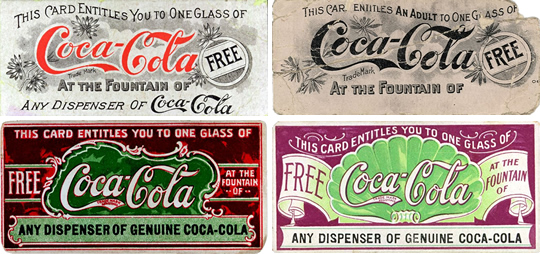While in an airport in 1971, an executive of the agency responsible for the
Coca Cola advertising and two songwriters saw many fellow travellers from
around the world drinking Coke. This inspired them to create the song “I'd like to buy the world a Coke”.
This featured in an infamous ad where people from many cultures are standing on
top of a hill singing the song. The advertisements eventual cost was $250,000,
an unheard of amount for an advertisement. Campaign magazine labelled it as
"one of the best-loved and most influential ads in TV history" in
2007. It became so popular that a band called The New Seekers rereleased it,
changing the lyrics so that it became “I’d like to teach the world to sing”. The
song became a UK number #1.
In 1995, the companies advertising agency came up with the
idea of “Christmas Caravans” – Coca Cola trucks that were illuminated with
Christmas bulbs and an image of Santa Claus on the back, so that again Santa
Claus would become associated with the brand. They were featured in an ad which
now for many people marks the start of Christmas.
Although it
fell into disuse in 2001, it was brought back in 2007 to again mark the
holidays.
Other
facts about Coca Cola
Coca
Cola was the first ever commercial sponsor of the Olympic Games, starting in
Amsterdam in 1928
Coca Cola has sponsored the FIFA World Cup since 1978
Artists such as Elvis Presley, the Beatles, Elton John
and David Bowie have been spokespersons.
The brand is worth an estimated $74 billion
The average person consumes a
Coke product every four days


